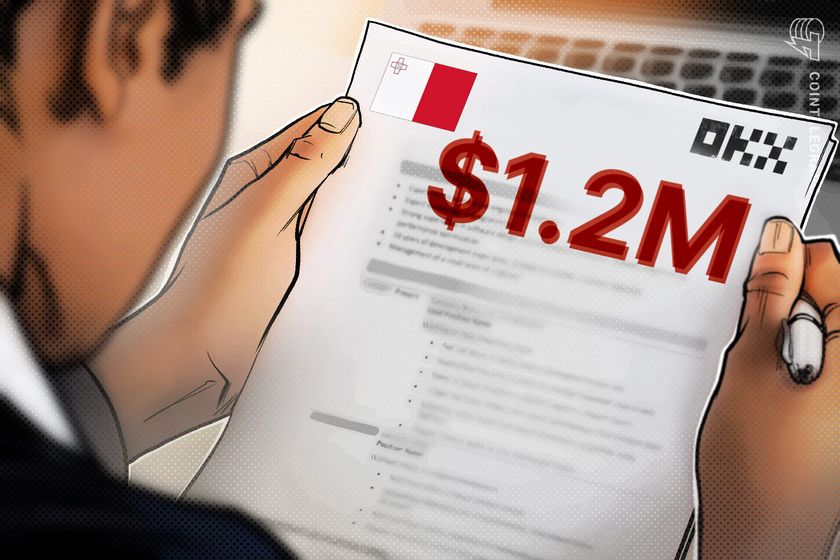

The use of hydrocarbon fuels in mining Bitcoin has seen a sharp decline over the past 13 years, with the use of coal energy in mining dropping significantly.
The share of coal energy use in Bitcoin (BTC) mining has dropped from 63% in 2011 to 20% in 2024, an average annual decrease of roughly 8%, according to a new report released on March 31 by the MiCA Crypto Alliance in collaboration with the risk metrics data platform Nodiens.
In parallel, the share of renewable energy used in Bitcoin mining has steadily increased, growing at an average rate of 5.8% per year.
Bitcoin absolute energy consumption trends and share of renewable and coal energy. Source: MiCA Crypto Alliance
The data reflects a steady shift of Bitcoin mining to cleaner and more sustainable energy solutions, with the study forecasting further decarbonization and mitigation of BTC’s environmental footprint in the coming years.
Global coal energy use surged to new highs in 2024
The transition comes amid rising global coal consumption, adding contrast to Bitcoin’s changing energy profile.
According to the International Energy Agency (IEA), a Paris-based intergovernmental policy organization, global coal use surged to a new record in 2024, estimated at 8.8 billion tonnes.
Global coal consumption from 2000 to 2026. Source: IEA
According to the IEA, global demand for coal energy is set to stay close to record levels through 2027 as emerging economies like India, Indonesia and Vietnam are expected to see a sharp rise in coal consumption in the coming years.
Five scenarios for Bitcoin’s energy path to 2030
The report lays out five future scenarios for Bitcoin’s carbon footprint, ranging from a bearish $10,000 BTC price to an ultra-bullish $1 million scenario.
The study specifically included five BTC price scenarios, with $10,000 considered as a low price scenario, a base price scenario at $110,000, a medium price scenario at $250,000, a high price scenario at $500,000 and a “very bullish” price scenario at $1 million per BTC.
Peak annual carbon footprint estimations for different Bitcoin price scenarios and IEA’s different energy transition scenarios. Source: MiCA Crypto Alliance
In a medium price scenario, renewable energy is estimated to constitute between 59.3% and 74.3% of Bitcoin’s total electricity usage, depending on the policy scenario, excluding nuclear energy use, the report stated.
Related: Crusoe to sell Bitcoin mining business to NYDIG to focus on AI
The report also mentions an expected peak in Bitcoin mining energy consumption around 2030, echoing a similar forecast in a study by the digital asset platform NYDIG released in September 2021.
According to NYDIG’s estimations, even in a high-price scenario, Bitcoin’s electricity consumption would peak at 11 times its 2020 level, but it will only account for 0.4% of global primary energy consumption and 2% of global electricity generation.
Magazine: Bitcoin ATH sooner than expected? XRP may drop 40%, and more: Hodler’s Digest, March 23 – 29



